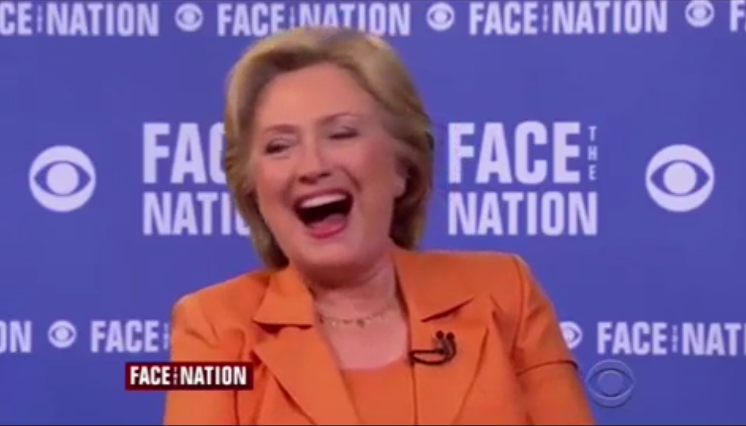Media Bias is Real: Docs Reveal Relationships Between Team Hillary and “Journalists”

In an exclusive report, the Intercept has published a series of documents that show how Hillary and her team worked closely with the media in order to coordinate messaging and showing Hillary in a positive light.
The emails were provided to The Intercept by the source identifying himself as Guccifer 2.0, who was reportedly responsible for prior significant hacks, including one that targeted the Democratic National Committee and resulted in the resignations of its top four officials. On Friday, Obama administration officials claimed that Russia’s “senior-most officials” were responsible for that hack and others, although they provided no evidence for that assertion.As these internal documents demonstrate, a central component of the Clinton campaign strategy is ensuring that journalists they believe favorable to Clinton are tasked to report the stories which the campaign wants circulated.At times, Clinton’s campaign staff not only internally drafted the stories they wanted published but even specified what should be quoted “on background” and what should be described as “on the record.”
Planting stories with “friendly journalists”
The Intercept reveals:
One January 2015 strategy document – designed to plant stories on Clinton’s decision-making process about whether to run for president – singled out reporter Maggie Haberman, then of Politico, now covering the election for the New York Times, as a “friendly journalist” who has “teed up” stories for them in the past and “never disappointed” them. Nick Merrill, the campaign press secretary, produced the memo, according to the document metadata:
That strategy document plotted how Clinton aides could induce Haberman to write a story on the thoroughness and profound introspection involved in Clinton’s decision-making process. The following month, when she was then at the Times, Haberman published two stories on Clinton’s vetting process; in this instance, Haberman’s stories were more sophisticated, nuanced and even somewhat more critical than what the Clinton memo envisioned.But they nonetheless accomplished the goal Clinton campaign aides wanted to fulfill of casting the appearance of transparency on Clinton’s vetting process in a way that made clear she was moving carefully but inexorably toward a presidential run.
Hillary’s “reliable surrogates” in the media and in the Obama administration
The Intercept reveals a list of those in the media and other “good progressive helpers”:
Other documents listed those whom the campaign regarded as their most reliable “surrogates” – such as CNN’s Hilary Rosen and Donna Brazile, as well as Center for American Progress President Neera Tanden – but then also listed operatives whom they believed were either good “progressive helpers” or more potentially friendly media figures who might be worth targeting with messaging.The metadata of the surrogate document shows that the file was authored by Jennifer Palmieri, the communications director of the campaign.As The Intercept previously reported, pundits regularly featured on cable news programs were paid by the Clinton campaign without any disclosure when they appeared; several of them are included on this “surrogates” list, including Stephanie Cutter and Maria Cardona:
Glitzy messaging parties for “friendly journalists” and “good progressive helpers”
The Clinton campaign likes to use glitzy, intimate, completely off-the-record parties between top campaign aides and leading media personalities. One of the most elaborately planned get-togethers was described in an April, 2015, memo — produced, according to the document metadata, by deputy press secretary Jesse Ferguson — to take place shortly before Clinton’s official announcement of her candidacy. The event was an April 10 cocktail party for leading news figures and top-level Clinton staff at the Upper East Side home of Clinton strategist Joel Benenson, a fully-off-the-record gathering designed to impart the campaign’s messaging:
Many of the enduring Clinton tactics for managing the press were created by the campaign before she even announced her candidacy. A March 13, 2015 memo from Clinton campaign manager Robby Mook provides insight into some of the tactics employed by the campaign to shape coverage to their liking. In particular, Mook was concerned that because journalists were assigned to cover Clinton, they needed to be fed a constant stream of stories that the campaign liked. As he put it, a key strategy was “give reporters who must cover daily HRC news something to cover other than the unhelpful stories about the foundation, emails, etc.”
CLICK HERE FOR FULL VERSION OF THIS STORY
